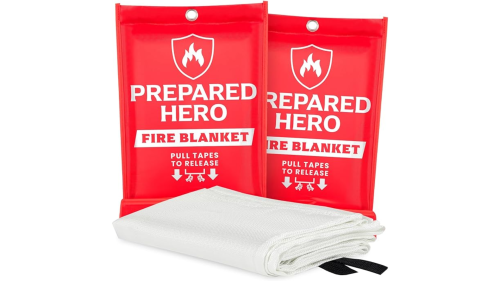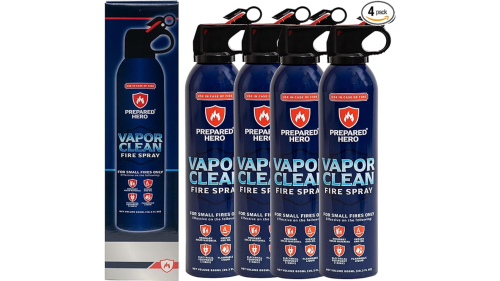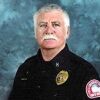Although our ancestors tamed fire as far back as 40,000 years ago, the Romans began using the first chimneys around the 12th century. A thing of the rich for many years, they became commonplace in many homes by the 18th century.
Imagine our pre-chimney cave-dwelling relatives and some concentrated kindling time. The occupants soon found themselves dealing with another discovery — ventilation, or in this case, the lack of it. Fanning wildly about, using any available branches or fur pelts, they did their best to move the smoke out the cave entrance as they disrupted the laminar flow.
Hunters, seeing an excess of smoke in their valley, arrived at the cave’s entrance panting and filling their lungs with suspended particles of incomplete combustion and burnt ox hair. Charging in and out, they were the first pull-push ventilation system. The cave was saved.
The chimney has evolved from a crude hole in the rock to interior/exterior vertical shafts made from clay, building materials, sod, or simply more rock. In spite of increased technology applied to the fireplace and chimney, the principle tactical considerations for fires in these structures have remained the same.
Chimney fire 101
Chimney fires, and subsequently chimneys, share certain common characteristics and can be counted on to behave within predictable parameters. Here are 11 clues of a chimney fire.
- Too much fuel for the size of the firebox.
- No grate; fuel on floor of firebox.
- Damper(s) compromised.
- Physical blockage or damage.
- New mantle or hearth.
- Faulty gas igniter, connections or supply.
- Wood stove, heat-efficient inserts or fan assemblies.
- Excessive use of soft woods that increased creosote buildup.
- Discoloring under mantle.
- Multiple flues in chase assembly.
- Angular flue design.
Heated air, smoke and flame will travel up a vertical shaft. This is the basic principle upon which a chimney is built and remains in effect until the structure is blocked or broken.
In the event of a blockage — such as creosote build-up, a bird’s nest, or a damaged design — heat build-up is rapid and intense, smoke backs up and together they create the immediate potential for fire extension as well as a noxious interior atmosphere.
A creosote buildup explosion is the most spectacular for civilian eyes. Roaring like a jet with flames to match; an F-16 pilot would take notice.
Once the creosote reaches its ignition temperature, it sustains rapid fuel consumption as well as accelerated and expanding flame. However short lived, this pyrotechnic demonstration is impressive.
Full inspection after a chimney fire
The result of such a flare-up is immediate fire department notification and building evacuation by the hapless tenants. With the advent of thermal imagers and when caught in time, overhaul is the only strategy needed — ventilation and mitigation of particle damage the leading tactics.
The critical job here is to confirm no exterior extension anywhere in the system and identify a lowering of heat in the firebox area. Firefighters are tasked with examining the entire system.
A solid and stately brick or stone chimney can hide a broken rock or loose mortar joint. This break or hole allows smoke with embers, radiant heat or direct flame impingement to leak in. These ignition vehicles can migrate outside the chimney structure itself and at any level of a fireplace and chimney system.
In the case of condominiums or connected townhomes, tin flues can conduct sufficient heat to cause a fire outside the chimney assembly regardless of location or design. This is especially true in buildings where multiple tin flues are disguised in singular chase full-frame construction.
Even when fire codes call for double- or triple-wall flues, fires can still occur when the framing is too close to tin or the basic design is flawed. Add to this deterioration from age, damage during remodeling and basic human error and you have the formula for a long morning of salvage.
No fire extension
Whatever the cause, a fire in the floor below or the wall above may not be immediately evident; it can linger for hours before structural damage or decay are revealed. A haze on the fourth floor could be a flue break on the third, leaking from a fireplace on the second.
Oftentimes such extension involves plaster and lath and nearby pipes in older buildings or framing, insulation and conduit in newer construction.
If you are an officer, take your time and let your firefighters work. Bring in a second crew regardless of size-up. This type of call is all about evidence and worth the time to educate firefighters.
Leaving too soon can be a critical mistake. Getting called back for confirmed fire extension is a difficult alarm on many levels and for many reasons. Working with insufficient resources or failure to identify the problem in a timely manner can result in a chimney fire rapidly turning into a structure fire.
Predicting and finding fire extension in a reported chimney fire is often difficult and frustrating and as firefighters we need to be wary of any “routine” call. Unfortunately the easiest problem to find is the worst to deal with, as extended exterior flame is the final clue for an accelerated chimney fire.
Until then, there is time for firefighters to investigate, locate and resolve any physical indicators, civilian testimony and the overall potential for a more difficult alarm fire.

















